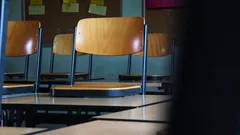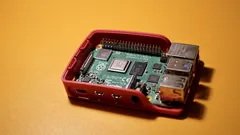238
6
4 minutes
Suggested Articles

First-generation Ivy Leaguers triumph over unique college challenges
Discover key insights, life hacks, and data-driven tips for first-generation college students thriving in prestigious U.S. universities. Find practical strategies, unique challenges, and fresh perspectives essential for student success.

Federal funding delays threaten vital support for US students and schools
News & Updates

Funding freezes put affordable childcare and adult education at risk
News & Updates

NYC teacher paycheck delays force new educators to choose between bills and students
Hiring

Americans face new challenges as Congress slashes NASA and White House funding
News & Updates

Americans face powerful stakes as NASA funding shapes national innovation and dreams
News & Updates

Families face hard choices as new rule narrows Head Start access for immigrant children
News & Updates

Student loan forgiveness debate heats up as new proposals shape your future
News & Updates

Columbia University’s $221 million deal sparks breakthroughs for students and science
Civic Education

Students and educators defend free speech as campus politics reshape college life
Civic Education

Cellphone bans in schools spark sharper focus and real student connection
News & Updates

First-generation Ivy Leaguers triumph over unique college challenges
Hiring

Americans brace for possible Social Security cuts that reshape retirement
News & Updates

Why this Florida data leak changes how we think about privacy
News & Updates

Build your own AI chatbot and unlock hands-on tech superpowers
Resources & Tools

How to outsmart hidden medical expenses in your golden years
Civic Education

California workers secure jobs this summer with new 2025 laws
Hiring
 Love Women Vibes
Love Women Vibes

Comments